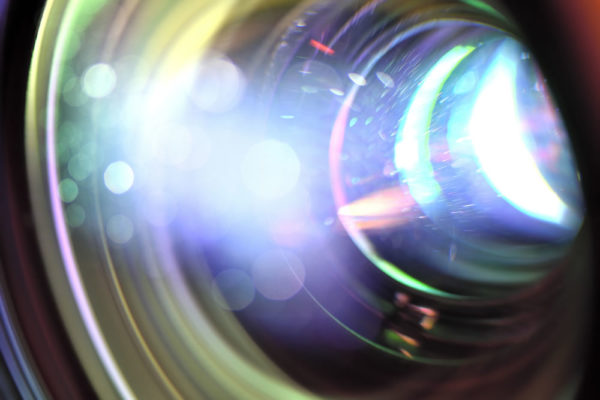The days of projectors only being used in classrooms to show movies or what is on the teacher’s computer screen are long gone. With the advent of interactive projectors, improved light source and connectivity options, and software tools that take projection to new heights, it is an exciting time to be a teacher and a student.
Modern Projectors and their Technology
First, let’s cover the advances in the technology. There is an incredible amount of power and features packed into these fairly small boxes. Projection display technology includes several components that can be categorized into three benefits:
- Image Quality – There are several things that make up image quality: the resolution, the lumens (or brightness measurement), and the contrast ratio. Projection displays are now offering full HD resolution and high lumen projectors, from 3,000 – 4,000 lumens, are becoming affordable for the classroom. When considering brightness, it’s important to choose a projector technology that has equal color and white lumens such as 3LCD to ensure the best image quality with bright vibrant colors. In addition, contrast ratio is changing rapidly, especially with the advent of new laser projectors. Laser projection displays offer incredibly bright images, with up to 20,000 hours of virtually maintenance-free operation and a dynamic contrast ratio of up to 2,500,000:1. And laser technology means projection displays can offer high lumens with little energy use for large venues such as gymnasiums and theatres. Collectively this results in images that are incredibly crisp and accessible even in a well-lit classroom.
- Image Size – When it comes to classroom projection, size really does matter. Students need to be able to see the content being presented no matter where they are sitting in the classroom. Ultra short-throw projection displays provide an image of 100 inches with virtually no shadow interference. This makes them a great solution for making a wall interactive when the projection display is on. Some projection displays also now offer split screen functionality which allows the teacher to project two images from different sources side-by-side. And, for schools looking to make an entire wall interactive, there are options like DuoLink which allows for the placement of two projectors side-by-side to create one massive seamless surface up to 280 inches (diagonal).
- Connectivity – Projector connection options are really advancing. Most displays offer multiple HDMI ports to support multiple high-definition A/V devices. Also, there are now MHL ports being offered to enable educators to connect an MHL-enabled device such as smartphones and tablets to the projection display.
Projection Displays Can Change the Way Students Learn
Now comes the fun part – there are so many cool things being done with projection displays and, as laser displays become more available, this is sure to explode. Projection displays incorporate tools that help students and teachers interact with each other and with the content being displayed.
New software tools allow teachers to manage student devices for two-way content sharing – both pulling student screens to the display and pushing content to each student device. This is great when educators are teaching a math lesson, for example. The teacher can teach the lesson to the whole class and then push a math problem to each device. When students complete the math problem, teachers can show multiple students’ work on the large display.
This is extremely important in today’s Common Core era where educators help students learn from both correct and incorrect answers. This also provides great discussion opportunities for students to delve deeper into the problem being solved.
(Next page: Projectors for tech beginners; projection for virtual trips and AR)
- Are substitutes the answer to the teacher shortage? - June 13, 2023
- Preparing for ransomware attacks begins with education - June 13, 2023
- How to use UDL-inspired technology to reengage students - June 12, 2023

